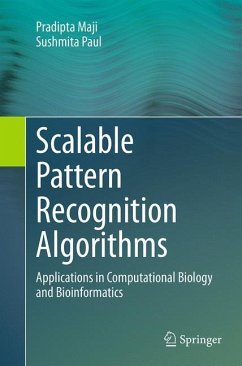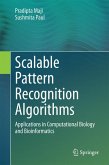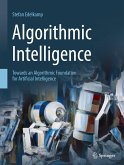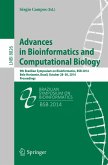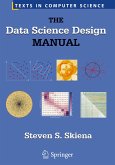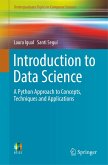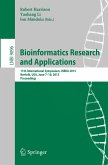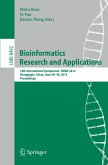This book addresses the need for a unified framework describing how soft computing and machine learning techniques can be judiciously formulated and used in building efficient pattern recognition models. The text reviews both established and cutting-edge research, providing a careful balance of theory, algorithms, and applications, with a particular emphasis given to applications in computational biology and bioinformatics. Features: integrates different soft computing and machine learning methodologies with pattern recognition tasks; discusses in detail the integration of different techniques for handling uncertainties in decision-making and efficiently mining large biological datasets; presents a particular emphasis on real-life applications, such as microarray expression datasets and magnetic resonance images; includes numerous examples and experimental results to support the theoretical concepts described; concludes each chapter with directions for future research and a comprehensive bibliography.
From the book reviews:
"This book provides unique insights into how various soft computing and machine learning methods can be formulated and used in building efficient pattern recognition models. ... This is a great resource to students and researchers in the fields of computer science, electrical and biomedical engineering. The author has explained the complex ideas through numerous examples which make conceptualization easy. ... The well-organized chapters as well as use of different notations and typescripts make it a user-friendly reference." (Parthiv Amin, Doody's Book Reviews, August, 2014)
"This book provides unique insights into how various soft computing and machine learning methods can be formulated and used in building efficient pattern recognition models. ... This is a great resource to students and researchers in the fields of computer science, electrical and biomedical engineering. The author has explained the complex ideas through numerous examples which make conceptualization easy. ... The well-organized chapters as well as use of different notations and typescripts make it a user-friendly reference." (Parthiv Amin, Doody's Book Reviews, August, 2014)

